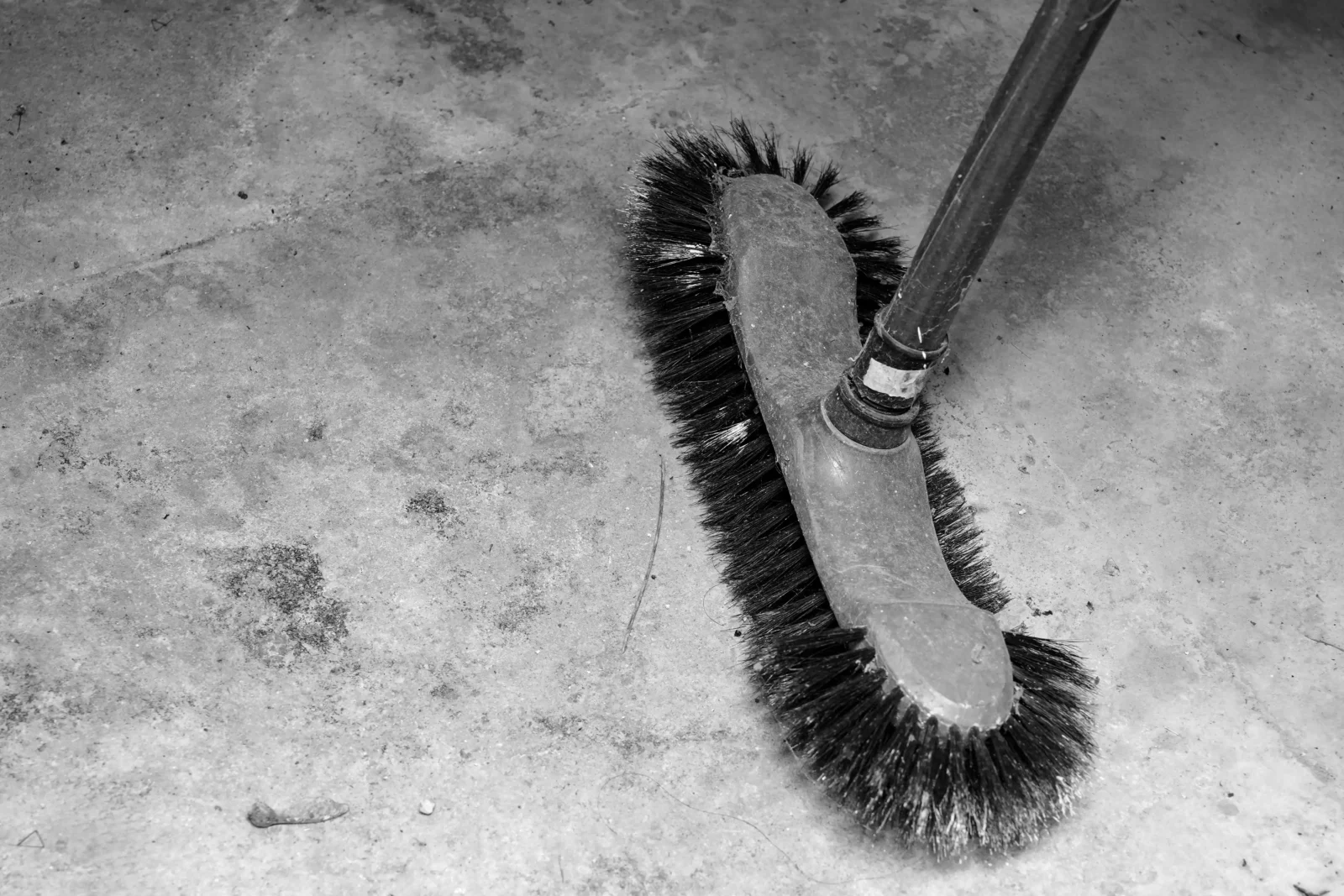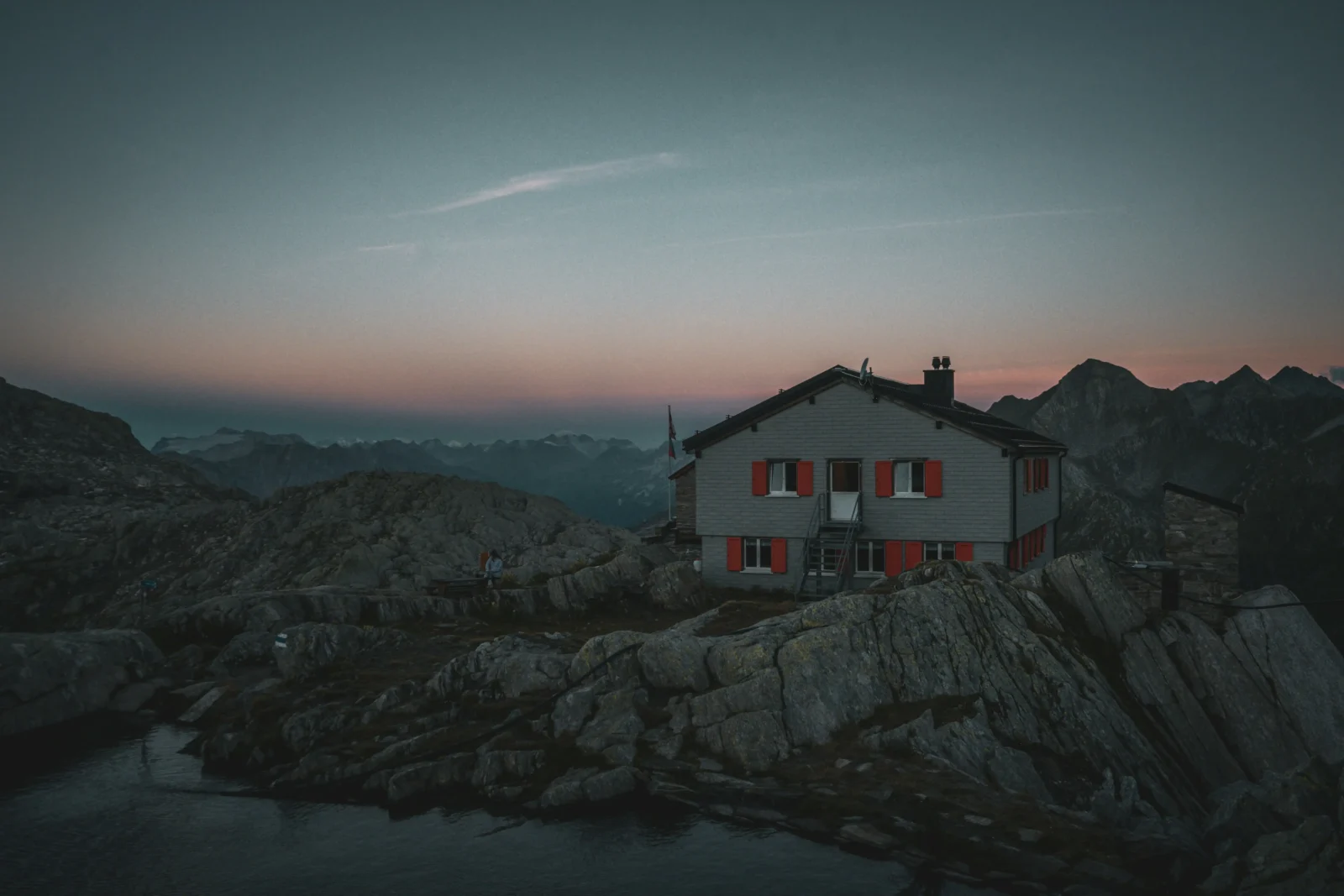- Home
- Articles
- Architectural Portfolio
- Architectral Presentation
- Inspirational Stories
- Architecture News
- Visualization
- BIM Industry
- Facade Design
- Parametric Design
- Career
- Landscape Architecture
- Construction
- Artificial Intelligence
- Sketching
- Design Softwares
- Diagrams
- Writing
- Architectural Tips
- Sustainability
- Courses
- Concept
- Technology
- History & Heritage
- Future of Architecture
- Guides & How-To
- Art & Culture
- Projects
- Interior Design
- Competitions
- Jobs
- Store
- Tools
- More
- Home
- Articles
- Architectural Portfolio
- Architectral Presentation
- Inspirational Stories
- Architecture News
- Visualization
- BIM Industry
- Facade Design
- Parametric Design
- Career
- Landscape Architecture
- Construction
- Artificial Intelligence
- Sketching
- Design Softwares
- Diagrams
- Writing
- Architectural Tips
- Sustainability
- Courses
- Concept
- Technology
- History & Heritage
- Future of Architecture
- Guides & How-To
- Art & Culture
- Projects
- Interior Design
- Competitions
- Jobs
- Store
- Tools
- More
Fire & Smoke Damage Repair: Your Complete Guide to Recovery and Restoration

House fires leave behind destruction that goes far beyond what is clearly visible. The flames may be out, but the real work of recovery is just beginning. If you’re dealing with fire damage, understanding what lies ahead can help you navigate this overwhelming situation and make the right decisions for your property.
Table of Contents
ToggleWhat Fire Actually Does to Your Home
Fire creates a domino effect of damage throughout your property. You’ve got the obvious destruction from flames themselves, but that’s just the beginning. Smoke, soot, and odors spread everywhere, carrying tiny particles that settle into every crack and crevice. These particles don’t just sit on surfaces – they work their way deep into your walls, furniture, clothing, and anything porous they can find.
Then there’s the water damage. Yes, water damage from a fire. Those gallons upon gallons of water that firefighters use? They’ve got to go somewhere, and that somewhere is usually your floors, walls, and foundation. This creates a secondary disaster that can actually end up being more expensive to fix than the original fire damage.

Why You Can’t Wait to Start Restoration
Time becomes your enemy after a fire. Every hour you wait, water and chemicals used to extinguish the flames soaks deeper into your home’s structure. Within just a day or two, mold can begin to grow, turning what could have been a manageable restoration project into a major reconstruction job.
The smoke damage keeps getting worse too. Acidic particles in the soot begin eating away at metals, fabrics, drywall, and other materials. Your HVAC system, if still in tact, circulates contaminated air throughout the house. Quick action can save money and heartache down the road.
Getting Professional Help Fast
Fire and water damage restoration isn’t a DIY project, no matter how handy you might be. Professional fire and water damage restoration services show up with specialized equipment that can detect moisture hidden inside walls and measure air quality. Professional restoration experts know which areas need immediate attention and which can wait.
These teams document everything for your insurance company while they work. They’ll take photos, measurements, and detailed notes about what can be saved versus what needs replacing. This documentation becomes crucial when you’re filing claims and trying to get your life back together.
Dealing with Smoke and Soot
Cleaning up smoke damage involves way more than wiping down surfaces. Different types of fires create different kinds of residue. A slow-burning fire creates sticky, smelly soot that clings to everything. Fast-burning fires produce fine, powdery residue that gets into places you’d never expect.
Professional restoration uses industrial equipment to pull contaminated air out of your home while pumping in clean air. They have special cleaning products designed for different materials – what works on metal might damage wood or fabric. Getting this wrong can make things worse instead of better.
Rebuilding What’s Lost
Some parts of your home might look okay but actually need complete replacement. Fire weakens wooden structures even when they don’t burn completely. Electrical systems exposed to heat and water become safety hazards. Drywall that looks fine might be saturated with smoke particles that will smell forever.
The water damage side of restoration happens alongside fire cleanup. Powerful pumps remove standing water while industrial dehumidifiers pull moisture out of materials that can’t be easily dried. Special monitoring equipment tracks progress to make sure everything is truly dry before reconstruction begins.
Saving Your Belongings
You might be surprised what can be restored. Items that look completely ruined sometimes come back looking like new with the right treatment. Electronics, important documents, family photos, and clothing can often be saved using specialized cleaning techniques.
Different items need different approaches. Delicate fabrics might get treated with special chemicals, while electronics need careful cleaning to remove corrosive residue. Important papers can sometimes be freeze-dried to prevent further damage while they’re being restored.

Working Through Insurance Claims
Your insurance company requires proof of what was damaged and how much it’ll cost to fix. Professional restoration companies understand what insurance adjusters look for and can provide the detailed documentation you need. Many work directly with insurance companies, which can speed up the whole process.
Understanding your coverage helps set realistic expectations. Some policies treat fire and water damage differently, with separate deductibles or coverage limits. Knowing what’s covered helps you plan for any out-of-pocket expenses.
Finding the Right Restoration Company
Not all restoration companies are created equal. Look for proper licensing and industry certifications that show they know current restoration standards. Make sure they can respond quickly – waiting days for help can turn manageable damage into a total loss.
Ask about their capacity to handle your size project. Some companies are great with small jobs but get overwhelmed by major damage. Others specialize in large-scale restoration and might not give smaller projects the attention they deserve.
Moving Forward
Recovery from fire damage takes time, but most homes can be fully restored with proper fire and water damage restoration techniques. The key is getting professional help quickly and working with a qualified team who understand how to address both fire and water damage systematically. With the right approach, you can get your home – and your life – back to normal.
A licensed architect with hands-on studio experience, I translate complex design ideas into clear, engaging stories for a global audience. As a seasoned content writer and editor, I craft articles, project features, and thought-leadership pieces that illuminate emerging technologies, sustainable practices, and cutting-edge design trends—always with an architect’s eye for detail, accuracy, and narrative flow. My goal is to bridge practice and publication, giving fellow professionals and curious readers alike the insight and inspiration they need to push architectural boundaries.
Submit your architectural projects
Follow these steps for submission your project. Submission FormLatest Posts
Top 10 Examples of Innovative Kinetic Architecture
Kinetic architecture introduces movement and adaptability into the built environment through rotating...
What Are the Benefits of Regular Gutter Cleaning?
After a hard rain, water can spill over a gutter corner and...
How to Buy Your Dream Home for Beginners
Buying your first home can be exciting but also overwhelming. It’s a...
Principles of a Well-Organized Interior
A well-organized interior feels calm, looks intentional, and works hard every day....












Leave a comment